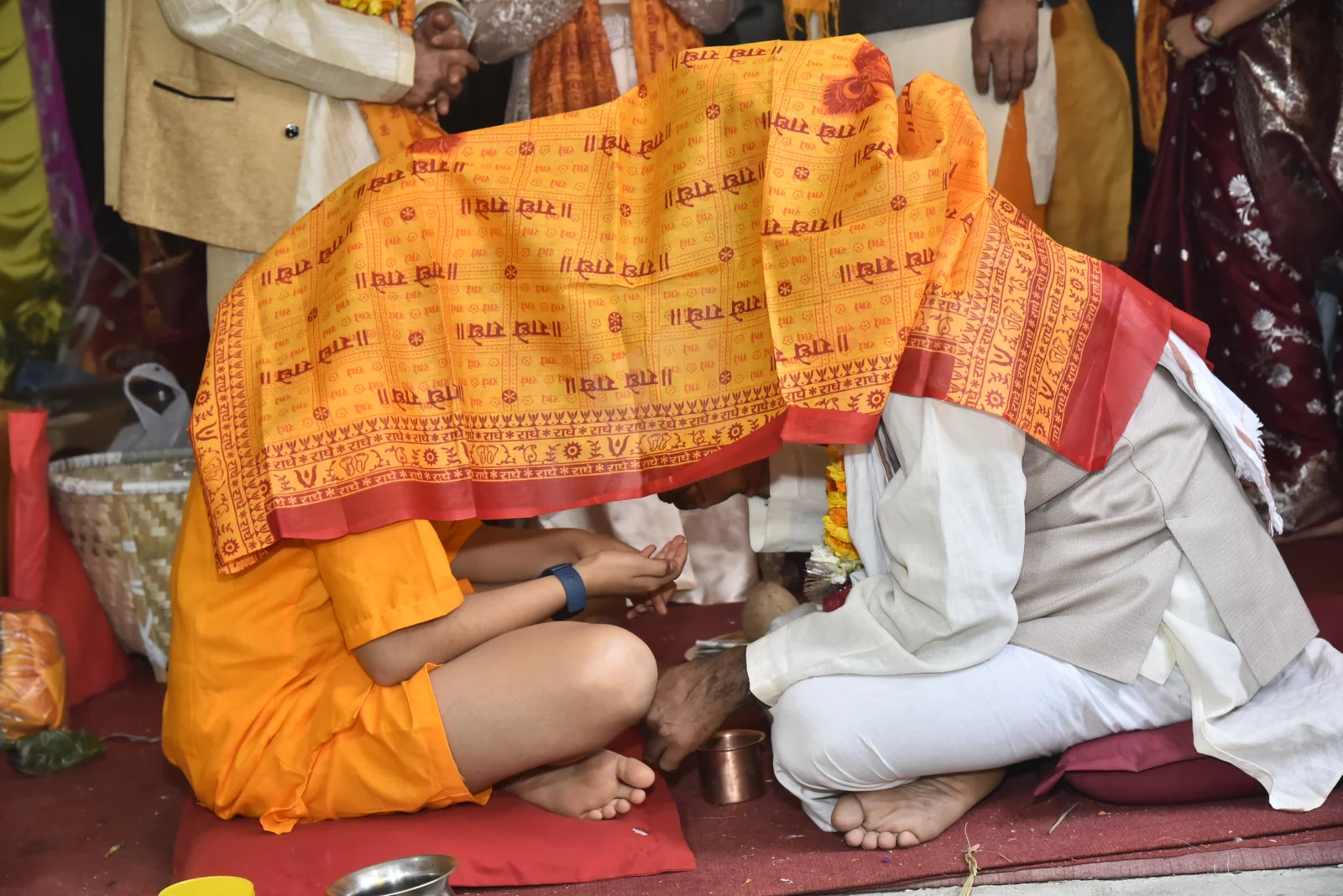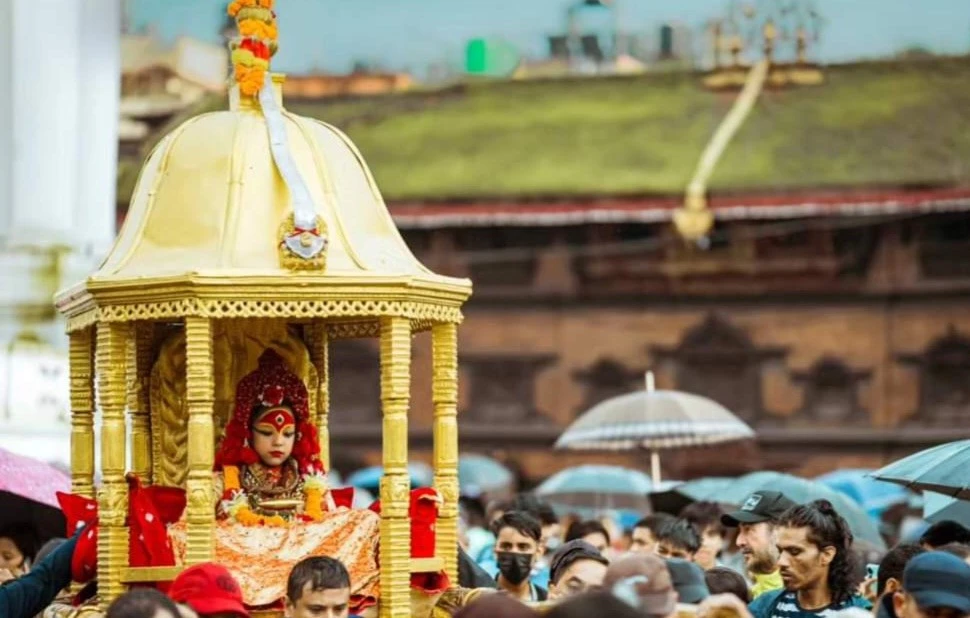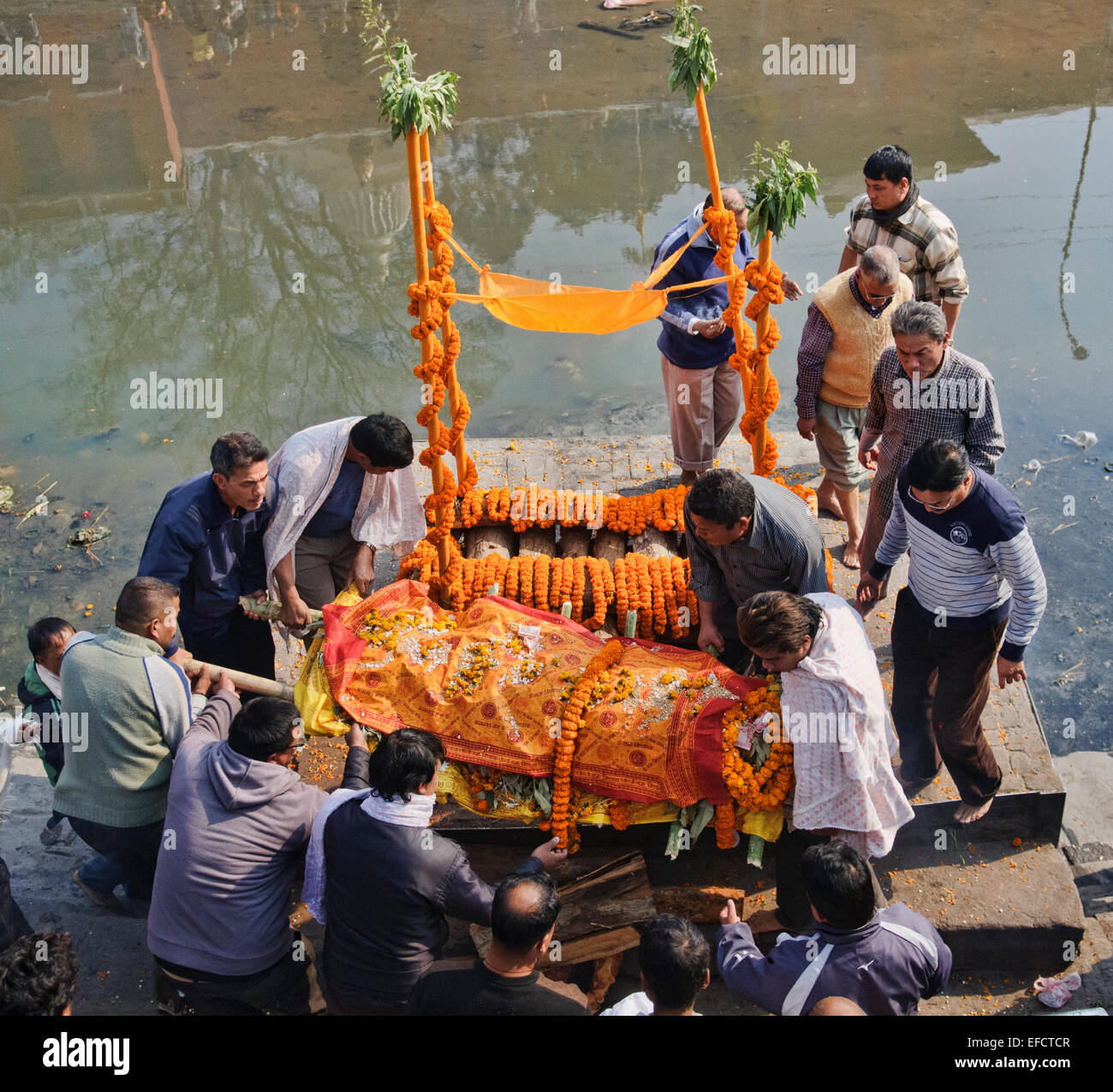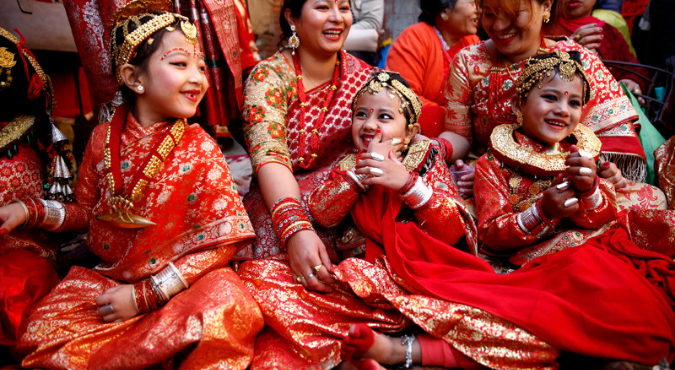Share this Article
Introduction: The Living Legacy of Guthis in Nepal
Nepal, a land of diverse cultures, vibrant traditions, and deeply rooted communal values, owes much of its social cohesion to the Guthi system. A guthi, in its simplest sense, is a socio-economic and religious institution that binds members of a community through shared responsibilities, cultural rituals, and the stewardship of communal property. Originating centuries ago, the guthi system not only managed religious endowments but also facilitated festivals, agricultural tasks, and social welfare in Nepali society. Despite the rapid modernization of Nepal in recent decades, Guthis remain a testament to the ingenuity of ancient community-based organization. They exemplify a society where collective action, tradition, and spirituality converge seamlessly.
Historically, Guthis were established by kings, landlords, and wealthy individuals to fund religious monuments, temples, and educational endeavors. These institutions acted as custodians of land, ensuring that resources were used for the benefit of the entire community. Beyond their economic role, Guthis also structured social life—determining rituals for births, marriages, and funerals while supporting local artisans, priests, and musicians. The enduring nature of the Guthi system lies in its adaptability; it has continuously evolved to meet the needs of the communities it serves while preserving the rich cultural heritage of Nepal.
Origins and Historical Development of the Guthi System
The Birth of Guthis in Ancient Nepal
The concept of Guthis traces back to the Licchavi period (approximately 400–750 CE), a time marked by flourishing trade, culture, and religious expression in the Kathmandu Valley. Early rulers recognized the importance of organized communal institutions for both economic management and religious observance. Guthis were created through royal decrees or private endowments, often in the form of land donations, to fund specific social or religious purposes.
Land, being a crucial economic asset, was entrusted to the guthi to generate revenue. This income would then sustain temples, support priests, or sponsor festivals. The guthi became a self-sufficient entity, providing not only for religious and cultural practices but also for the welfare of community members. These institutions were not merely financial mechanisms; they were central to the social fabric, ensuring that communities maintained continuity, stability, and a sense of collective identity.
Guthis and the Social Hierarchy
Guthis reflected and reinforced the social structures of their times. Membership was often hereditary, and leadership roles within a guthi were usually passed down through generations. This ensured continuity of management and adherence to traditional norms. Different castes and ethnic groups established Guthis to preserve their unique rituals, crafts, and community networks. For example, the Newar community, dominant in the Kathmandu Valley, developed an intricate guthi system that regulated festivals, artisan guilds, and sacred architecture.
Guthis also functioned as instruments of governance. They mediated disputes, organized communal labor for public works, and coordinated festivals that reinforced social cohesion. In doing so, they cultivated a sense of responsibility among members and nurtured a collective cultural identity.
Guthis as Custodians of Religion and Culture
Religion in Nepal is inseparable from daily life, and Guthis became essential custodians of this intertwining. They managed temples, shrines, and monasteries, ensuring that rituals were performed correctly and consistently. Festivals such as Indra Jatra, Bisket Jatra, and Gai Jatra owe their continued vibrancy to the organizational support provided by Guthis. Beyond religious practice, Guthis played a crucial role in safeguarding intangible cultural heritage—traditional music, dance, and oral storytelling were preserved through the patronage of these institutions.
By serving as both financial and cultural stewards, Guthis ensured that traditions were not only maintained but also passed down with precision and care. They became the backbone of communal life, bridging the gap between past and present.
Structure, Types, and Functions of Guthis
Organizational Structure of Guthis
Guthis are characterized by a well-defined organizational structure that ensures efficient management of resources and smooth execution of cultural and religious responsibilities. At the helm of a guthi is typically a head or chief, often known as a Guthi Nayak or Guthi Pradhan, whose responsibilities include overseeing the administration, coordinating activities, and maintaining records of income and expenditures. Leadership is traditionally hereditary, though some communities allow election or appointment based on seniority, merit, or religious knowledge.
Supporting the head are secretaries, treasurers, and other office bearers, each with designated duties such as managing land, supervising festivals, or organizing communal labor. This hierarchical system ensures accountability and continuity. The members of a guthi—often drawn from the local community—play an active role in decision-making processes, contributing their labor, expertise, or financial support.
The structure is flexible enough to adapt to different sizes of communities and functions. Small Guthis may operate with just a few members handling all responsibilities, while larger Guthis in urban areas like Kathmandu manage hundreds of members and multiple projects simultaneously.
Types of Guthis
Guthis can be broadly categorized based on their primary function: religious, social, and economic.
- Religious Guthis: These are the most common type and are primarily responsible for maintaining temples, shrines, and sacred sites. Religious Guthis organize festivals, support priests, and oversee ritual practices. Their role is crucial in ensuring that religious traditions are performed accurately and consistently across generations.
- Social Guthis: Social Guthis focus on communal welfare, education, and cultural preservation. They fund schools, libraries, and community centers. They may also take responsibility for organizing rites of passage, such as weddings and funerals, and ensuring that social norms are upheld within the community.
- Economic Guthis: These Guthis are often endowed with land or other assets, the revenue from which supports both religious and social activities. Economic Guthis sometimes act as financial institutions, redistributing resources to the community and funding public infrastructure like water channels, roads, and rest houses.
Some Guthis combine multiple roles, reflecting the integrated nature of social, religious, and economic life in Nepal. This multifunctional approach makes Guthis resilient and relevant even in contemporary times.
Functions and Responsibilities of Guthis
Cultural Preservation
Guthis are central to the preservation of Nepalese culture. They maintain traditional music, dance, and festivals, ensuring that intangible cultural heritage survives the pressures of modernization. By organizing seasonal festivals and rituals, Guthis create opportunities for community participation and intergenerational learning, reinforcing cultural identity.
Religious Duties
The religious function of Guthis is multifaceted. They fund temple construction, maintain religious icons, and employ priests to conduct daily rituals. Festivals such as Indra Jatra, Biska Jatra, and Yomari Punhi rely heavily on the support and coordination provided by Guthis. Without these institutions, many traditional ceremonies would lose structure, continuity, and community involvement.
Community Welfare and Mutual Aid
Guthis also serve as mechanisms for social welfare. They provide financial and labor support for members during hardships, such as medical emergencies, funerals, or natural disasters. By pooling resources, Guthis ensure that no individual or family is left unsupported, fostering a sense of collective responsibility.
Land and Resource Management
Many Guthis possess significant tracts of land, often donated centuries ago. These lands generate revenue that funds religious, cultural, and social activities. The guthi system ensures that these assets are managed sustainably, balancing economic productivity with social and cultural responsibilities.
Conflict Resolution and Social Governance
Historically, Guthis acted as local governance units. They mediated disputes among members, set standards for moral conduct, and maintained social harmony. By providing a community-based governance mechanism, Guthis reinforced ethical behavior and collective accountability, which were essential for societal stability.
Guthis and Festivals: The Cultural Engine of Nepal
Guthis as the Organizers of Festivals
In Nepal, festivals are not merely occasions for celebration; they are vital expressions of community identity, spirituality, and cultural continuity. The Guthi system plays a central role in organizing and sustaining these festivals, ensuring that rituals are performed accurately and that the community participates collectively.
For example, the Indra Jatra festival in Kathmandu, one of the most prominent celebrations, is managed by specific Guthis that oversee the ceremonial chariot processions, performances by masked dancers, and maintenance of the sacred images. Without Guthis, the complex logistics, ceremonial protocols, and community coordination required for such festivals would be extremely difficult to sustain.
Similarly, Bisket Jatra in Bhaktapur and Gai Jatra in various parts of the Kathmandu Valley are orchestrated by local Guthis. These institutions not only plan and execute the events but also ensure that traditional roles—such as performers, priests, and artisans—are maintained and passed down through generations.
Preserving Intangible Cultural Heritage
Guthis safeguard intangible cultural heritage by supporting traditional music, dance, theater, and storytelling. Through their patronage, musicians, dancers, and artisans have the resources and social recognition to continue practicing and teaching their crafts.
For instance, during festivals, Guthis provide instruments, costumes, and venues for performers. They maintain training programs for young members of the community, ensuring that sacred dances and songs are performed with fidelity to tradition. This careful stewardship allows even the youngest generations to experience authentic cultural practices.
Beyond entertainment, these performances often carry historical and spiritual narratives, linking the community to its past and reinforcing shared values. By embedding these narratives in communal activities, Guthis help cultivate a deep sense of identity and continuity.
Seasonal and Religious Rituals
Guthis are integral to the observance of seasonal and religious rituals, which are essential to agrarian life and spiritual practice in Nepal. They coordinate ceremonies related to planting and harvest, ensuring that traditional agricultural rituals align with cultural and religious norms.
For example, during Yomari Punhi, a festival celebrating the harvest of rice and other crops, Guthis organize communal preparation of traditional delicacies, offerings, and ceremonies. Such activities strengthen social bonds, facilitate communal labor, and preserve agricultural traditions.
Religious rituals, such as daily worship in temples and periodic pilgrimages, are also managed by Guthis. By maintaining these routines, Guthis ensure continuity of spiritual practices, even as lifestyles modernize and urbanize.
Fostering Community Participation
One of the remarkable features of Guthis is their ability to mobilize entire communities for collective action. Festivals under Guthi management are inherently inclusive, requiring contributions of labor, resources, and time from a wide array of community members.
This participation is more than symbolic; it reinforces a sense of belonging and mutual responsibility. Members take pride in upholding traditions, performing roles assigned by the Guthi, and ensuring that cultural practices are observed correctly. In essence, Guthis transform festivals into community-building exercises that strengthen social cohesion and cultural resilience.
The Role of Guthis in Contemporary Festival Management
Even in modern Nepal, where urbanization and migration have altered social dynamics, Guthis continue to organize festivals with remarkable efficiency. They adapt to contemporary challenges by incorporating modern management techniques while preserving traditional forms. For example, some Guthis now coordinate with local authorities, manage crowd control, and even use digital platforms to fund or promote events.
By balancing tradition with innovation, Guthis demonstrate that cultural preservation is not a static endeavor—it is a living, adaptive process. The continued success of festivals under Guthis underscores their centrality to Nepali cultural identity.
Social Welfare and Community Cohesion Through Guthis
Guthis as Instruments of Social Welfare
Beyond their religious and cultural roles, Guthis have historically served as vital instruments of social welfare in Nepalese communities. They functioned as informal social safety nets, providing financial, material, and emotional support to members during times of need.
For instance, when a family faced medical emergencies, suffered the loss of a breadwinner, or encountered natural disasters, the Guthi would mobilize resources—whether in the form of money, labor, or food—to assist. This ensured that no member of the community was left isolated in times of crisis. Such practices reinforced the principle of mutual aid, fostering trust and interdependence among members.
Supporting Life-Cycle Rituals
Guthis play a critical role in organizing life-cycle rituals, including births, naming ceremonies, marriages, and funerals. These rites are central to Nepalese cultural identity, and managing them requires significant resources, planning, and coordination.
In marriages, for example, Guthis often ensure that traditional protocols are followed, from ceremonial customs to the engagement of priests and musicians. During funerals, Guthis may provide guidance on ritual practices, support the family financially, and coordinate community participation. By standardizing and overseeing these rites, Guthis preserve cultural integrity while reducing the logistical and financial burdens on individual families.
Fostering Community Cohesion
A core strength of the Guthi system is its ability to promote social cohesion. Members are bound together not just by shared resources, but by shared responsibilities and rituals. Through festivals, communal labor, and social initiatives, Guthis create repeated opportunities for interaction, collaboration, and mutual accountability.
This cohesion is particularly evident in urban Newar communities, where space constraints and modern pressures could otherwise weaken traditional bonds. Even today, Guthis facilitate neighborhood cooperation, volunteer initiatives, and local dispute resolution, ensuring that communities remain united and resilient.
Education, Art, and Skill Development
Many Guthis historically supported educational and artistic endeavors. They funded schools, libraries, and scholarship programs, allowing young members of the community to access learning and cultural training.
Guthis also sustained artisan guilds, including woodcarvers, mask makers, musicians, and dancers. By providing training, resources, and recognition, they ensured that essential skills and artistic traditions were transmitted across generations. In this way, Guthis not only preserved cultural heritage but also provided pathways for social mobility and economic sustainability.
Balancing Tradition with Modern Welfare Needs
In contemporary Nepal, Guthis continue to serve social welfare functions while adapting to new societal challenges. They are increasingly involved in disaster relief, community health initiatives, and urban development projects. By bridging traditional norms with modern welfare needs, Guthis remain relevant as both cultural custodians and practical support systems.
Their ability to balance these roles reflects the enduring wisdom embedded in the Guthi system: that culture, spirituality, and community welfare are intertwined, and that a society thrives when its members care for one another collectively.
Challenges and Modern Transformations of the Guthi System
Legal and Regulatory Challenges
In modern Nepal, the Guthi system faces a variety of legal and regulatory challenges. The government’s attempts to regulate or nationalize Guthi lands have created conflicts between traditional custodians and state authorities. For instance, in 2019, a controversial proposal sought to nationalize Guthi lands in the Kathmandu Valley, leading to widespread protests from local communities who feared losing their cultural autonomy.
These legal challenges highlight the tension between traditional communal management and modern bureaucratic frameworks. Guthis, which have operated independently for centuries, now navigate a landscape where their authority over resources is sometimes questioned or restricted by law.
Urbanization and Migration
Rapid urbanization and internal migration present another set of challenges. Younger generations are moving to cities or abroad in search of education and employment, leaving traditional communities with fewer active Guthi members. This demographic shift threatens the continuity of ritual practices, communal labor, and cultural knowledge transfer.
In urban areas, traditional roles and responsibilities managed by Guthis are increasingly difficult to sustain. Land once dedicated to communal purposes may be encroached upon or sold, and festivals that relied on strong community participation may lose scale or authenticity.
Economic Pressures and Resource Management
Economic pressures also impact Guthis. Revenue from lands and donations, which once sustained rituals and social programs, has declined in some cases due to commercialization, changing land use, or economic hardship. This financial strain can limit a Guthi’s ability to maintain temples, fund festivals, or support community welfare initiatives.
At the same time, some Guthis have adapted by seeking alternative revenue streams, such as renting land for commercial purposes or partnering with cultural organizations for tourism initiatives. While these strategies help ensure sustainability, they also pose a challenge: balancing economic pragmatism with cultural and religious integrity.
Cultural Erosion and Changing Social Values
Modern lifestyles and globalization have introduced new cultural values and priorities. Traditional roles, rituals, and communal obligations may be viewed as outdated by younger generations. The decline in active participation in festivals, arts, and communal labor poses a risk of cultural erosion, threatening centuries-old practices preserved by Guthis.
To counter this, many Guthis have started engaging youth through education programs, digital platforms, and workshops that emphasize the relevance of cultural heritage. By modernizing outreach without altering core traditions, Guthis aim to maintain both cultural continuity and community engagement.
Adaptation and Transformation in the Modern Era
Despite these challenges, the Guthi system has demonstrated remarkable adaptability. Some Guthis have embraced modern administrative practices, such as computerized record-keeping, formal committees, and collaboration with NGOs and local government agencies. Others have integrated tourism and cultural promotion to fund rituals and social programs sustainably.
For example, several Guthis now manage heritage sites as tourist destinations, generating income while raising awareness about cultural traditions. Festivals and performances are sometimes documented and shared online, expanding participation beyond geographical limitations. These adaptations illustrate how the Guthi system can survive and thrive, even amidst profound social, economic, and legal transformations.
The Future of Guthis in a Modernizing Nepal
Preserving Heritage in a Rapidly Changing World
The future of the Guthi system lies in its ability to balance tradition with modernity. As Nepal continues to urbanize and globalize, Guthis must navigate the tension between preserving ancient practices and adapting to contemporary societal needs. Cultural preservation will remain a central objective, ensuring that festivals, rituals, and artistic traditions continue to define Nepali identity.
Education plays a pivotal role in this endeavor. By introducing younger generations to the significance of Guthis through schools, workshops, and digital platforms, communities can instill appreciation for their heritage while equipping youth to participate meaningfully. This intergenerational transmission is critical to ensuring that the Guthi system does not become obsolete in an era of rapid social change.
Digitalization and Modern Administration
One of the most promising avenues for the future is digitalization. Guthis can adopt modern administrative tools for record-keeping, resource management, and communication. Online platforms can facilitate coordination among members, fundraising for festivals, and public awareness campaigns.
For example, some Guthis now use social media to document rituals, share festival schedules, and engage diaspora communities. These digital tools extend participation beyond physical boundaries, allowing Nepalis worldwide to connect with their cultural roots. By embracing technology, Guthis can enhance efficiency, transparency, and inclusivity, making traditional systems relevant for a 21st-century society.
Collaboration with Government and NGOs
Collaboration with governmental and non-governmental organizations offers another pathway for sustainable development. Guthis can partner with cultural preservation initiatives, heritage tourism programs, and social welfare projects. Such partnerships provide funding, training, and infrastructural support while respecting the autonomy of Guthis in managing cultural and religious matters.
By formalizing these collaborations, Guthis can address legal uncertainties, protect sacred lands, and promote community welfare while maintaining their traditional roles. This approach ensures that Guthis remain not just historical relics but active agents of cultural preservation and social cohesion.
Sustainable Economic Models
Economic sustainability is crucial for the future of Guthis. Beyond land revenue, Guthis can explore alternative income streams such as cultural tourism, artisanal craft sales, and heritage festivals. These activities generate funds to support both religious and social programs while promoting Nepali culture to a broader audience.
Importantly, these models must strike a balance between commercialization and authenticity. Guthis that maintain cultural integrity while leveraging modern economic strategies will be best positioned to thrive in the decades to come.
Empowering Communities Through Guthis
At its core, the Guthi system represents community empowerment. Its future depends on fostering active participation, accountability, and a sense of shared responsibility among members. When communities engage collectively in festivals, rituals, social welfare, and heritage preservation, they reinforce social cohesion and intergenerational knowledge transfer.
The Guthi system, therefore, is not merely an ancient institution—it is a living framework for building resilient, culturally rooted communities in Nepal. Its ability to adapt while maintaining its foundational principles ensures that it can continue to enrich Nepali society for generations.
Conclusion: Preserving the Past While Embracing the Future
The Guthi system stands as one of Nepal’s most remarkable social institutions—a living bridge between the past and present. For centuries, Guthis have safeguarded religious rituals, orchestrated festivals, preserved cultural arts, and provided social welfare. They have fostered a sense of communal responsibility, maintained ethical standards, and ensured the transmission of intangible cultural heritage from one generation to the next.
Despite facing modern challenges such as urbanization, migration, legal disputes, and economic pressures, the Guthi system has shown remarkable resilience. Its capacity to adapt—through digitalization, partnerships with governmental and non-governmental organizations, and sustainable economic strategies—demonstrates that ancient institutions can thrive alongside contemporary society.
Ultimately, Guthis are more than custodians of tradition; they are active agents of social cohesion and cultural identity. By maintaining a delicate balance between preserving heritage and embracing modern tools and practices, Guthis ensure that Nepali traditions remain vibrant, relevant, and inclusive. The survival and flourishing of the Guthi system are essential not only for cultural preservation but also for nurturing a sense of shared identity, communal responsibility, and intergenerational continuity in Nepal.
In essence, the Guthi system embodies a timeless lesson: that the strength of a society lies in its ability to honor the past while navigating the demands of the future. For Nepal, Guthis remain both a treasured legacy and a guiding framework for building resilient, culturally rooted communities in an ever-changing world.
Categories:
Culture & Traditions
Tags:
tradition
,
Guthi







